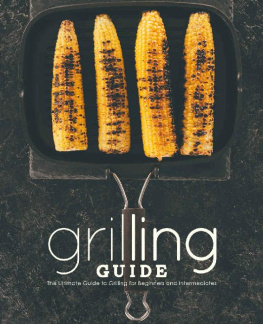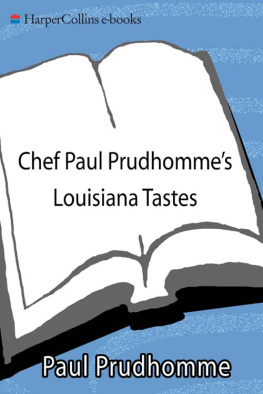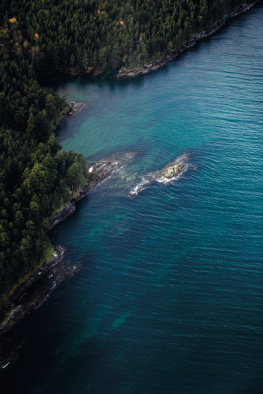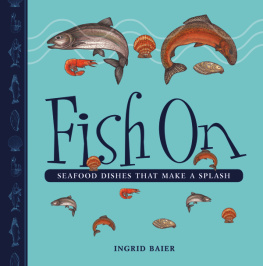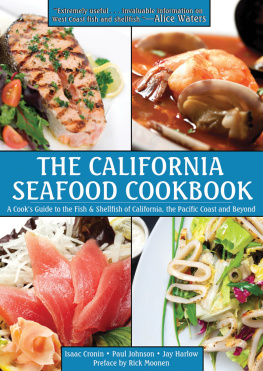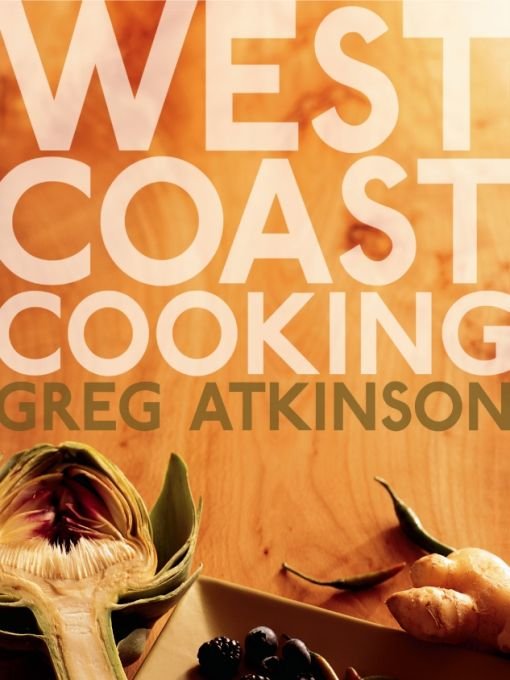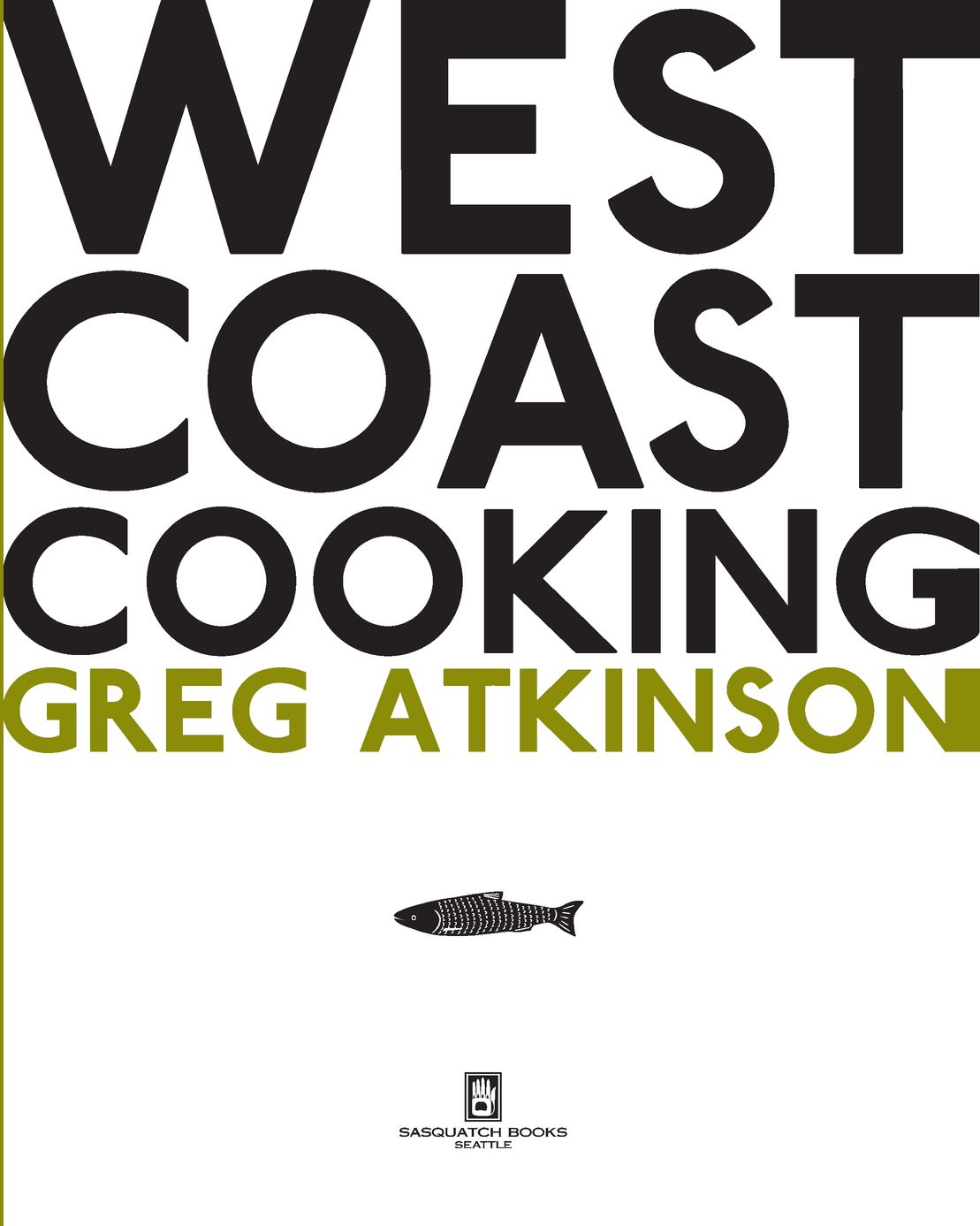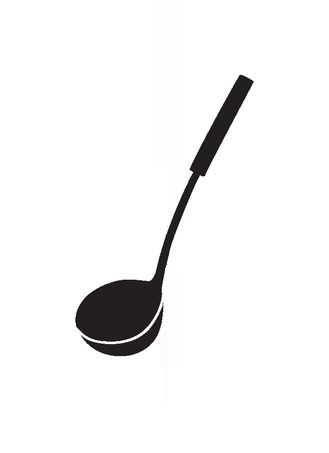Table of Contents
DEDICATION
This book is dedicated to the generations of West Coast cooks, most of them mothers, who nourished our bodies and fed our souls with the care and attention that went into the meals they cooked. Their efforts brought us together around the table and laid the foundation of our culture.
Acknowledgments
I am very grateful to my editor, Gary Luke, who persuaded me to write this book, our third book together.
Many of the recipes in this book have appeared on my web site, northwest-essentials. com. Visitors to the site have helped me improve the recipes by providing feedback, correcting simple errors, and questioning instructions when they were less than perfectly clear. I really appreciate that input.
Some material in this book appeared first in Pacific Northwest magazine, the Sunday newsmagazine of the Seattle Times. My editor there, Kathleen Triesch Saul, has contributed to this book in ways she might never have imaginedencouraging me to write about things I might not have considered, cheering me when the work seemed of limited importance, and demanding technical excellence all the while. Thanks Kathleen!
Most of all, I am grateful to my wife Betsy and to my sons Henry and Erich for sharing the great culinary adventure that is family life.
Introduction
As a relative newcomer to the West Coast (I came here in 1980), I have to wonder if I deserve the privilege of writing about West Coast cooking at all. Who am I to say what defines our regional cuisine? The region, which runs roughly from Tijuana to Sitka, is vast and almost unbelievably diverse. The denizens of this region keep reinventing themselves, and what we eat is constantly changing, so how are we to pin it down?
In a lecture delivered to the International Association of Culinary Professionals in 2005, food historian Rachel Lauden pointed out that a cuisine is generally less ancient than we think it is. We tend to think of a traditional cuisine as being what our grandmothers cooked, she said. Now that I am a grandmother, I have to wonder just how authentic that notion really is. Essentially, it takes no more than about 25 years to redefine a national or regional cuisine.
I am not a grandmother, nor a mother of any kind. I am the father of two teenage boys, a devoted home cook, a professional chef and food writer, and, as a columnist for The Seattle Times and a contributing editor to Food Arts magazine, a fairly avid observer of cooking trends, especially the ones that originate or deeply affect the West Coast.
When I heard Laudens lecture, I took heart. I was well on my way to cobbling together the collection of recipes that became this book, and I had begun to wonder for perhaps the hundredth time, with increasing urgency, exactly what defines West Coast cooking. Had I gotten it right?
I had as a point of reference the late Helen Browns 1952 classic West Coast Cookbook . In many ways, her catalogue of recipes embracing pioneer, Mexican, and Chinese influences is still relevant, and I began to wonder if the collection of West Coast recipes I was compiling was equally authentic. But thumbing through Browns book did not make me particularly hungry, nor did I experience many flashes of recognition. It seemed clear to me that it was time for a new West Coast cookbook. Laudens lecture reinforced that notion. What we cook now has grown out of what was cooked here when Helen Brown wrote her book, but it is not the same.
The parameters that define fine dining and home cooking alike have all shifted. In the fifties, restaurant chefs still tried to imitate the flavors and textures of good home cooking. But by the turn of this century, home cooks were emulating restaurant chefs. Between the time of Browns untimely death and my own arrival on the West Coast, Alice Waters had launched the pivotal Chez Panisse in Berkeley, and her first chef, Jeremiah Tower, had gone on to open the late, great Stars restaurant in San Francisco. Chefs were no longer hidden in the back of the restaurant; they were celebrity role models.
Not only has West Coast cooking changed, but American food in general is also not what it was when Brown and her colleagues defined it for us in the mid-twentieth century. Brown was a member of a cabal of cooks and culinary experts that revolved around her good friend James Beard and grew to include fellow Californians Chuck Williams, M. F. K. Fisher, and Marion Cunningham. Faced with the emergence of fast food restaurants and the proliferation of processed convenience foods offered to home cooks in the wake of World War II, Brown and her associates sought to rescue American home cooking from the jaws of mass production and commerce that would have rendered it a mess of chemically altered stuff, barely recognizable but for the pictures attached to its disposable containers.
What exactly was this piece of Americana that Brown sought to rescue? The West Coast is, in many ways, just one part of a disturbingly homogeneous entity known as the United States. And since every denizen of this vast country is regularly exposed to the same stimuli in the form of national advertising, political campaigns, and national restaurant chains (not to mention the outpourings from Hollywoodglobal entertainments that are spawned here), its difficult to say just what distinguishes this region of the country from any other part.
Of course, geography and climate play a role; certain things grow here that dont grow in other parts of the country and vice versa. California in particular produces far more than its share of the countrys fruits and vegetables. The West Coast also has a unique history. It wasand issubject to a different series of occupations and invasions than the ones inflicted on other regions of the country. But people here, for the most part, came from other areas of this same country.
More than the natural features of the land or its cultural history, the character of the region has, I believe, been defined by a certain attitude, an attitude that has influenced every aspect of life in these parts, from the way we educate our children to the way we relate to our elders, as well as the way we approach the stove. Its an attitude born of having come about as far as we could go. The history of America has, in a way, been a chronicle of our westward expansion, and having hit the western edge of the continent, Americans on the West Coast have had to face the end of that expansion. Of course, dreamers and idealists that we are, the end hasnt stopped us from expanding. Alaska, the last frontier, still beckons, and in myriad ways, ranging from the ridiculous to the sublime, we have turned to a sort of frontier within. Its no coincidence that the most far-out trends; the most cutting edge perspectives; the weird, wacky stuff to which the late, great Johnny Carson used to refer, originate here on the West Coast.
In the East, American food first emulated the food of the Old World, especially that of England. Throughout the colonial era, New England, the eastern seaboard, and the Deep South took on their own styles of cooking, nuanced by the local indigenous foods and driven by the crops that could be produced by the people who settled in those places. But all of those styles were essentially derivative of the English and European cooking from which they sprang.



